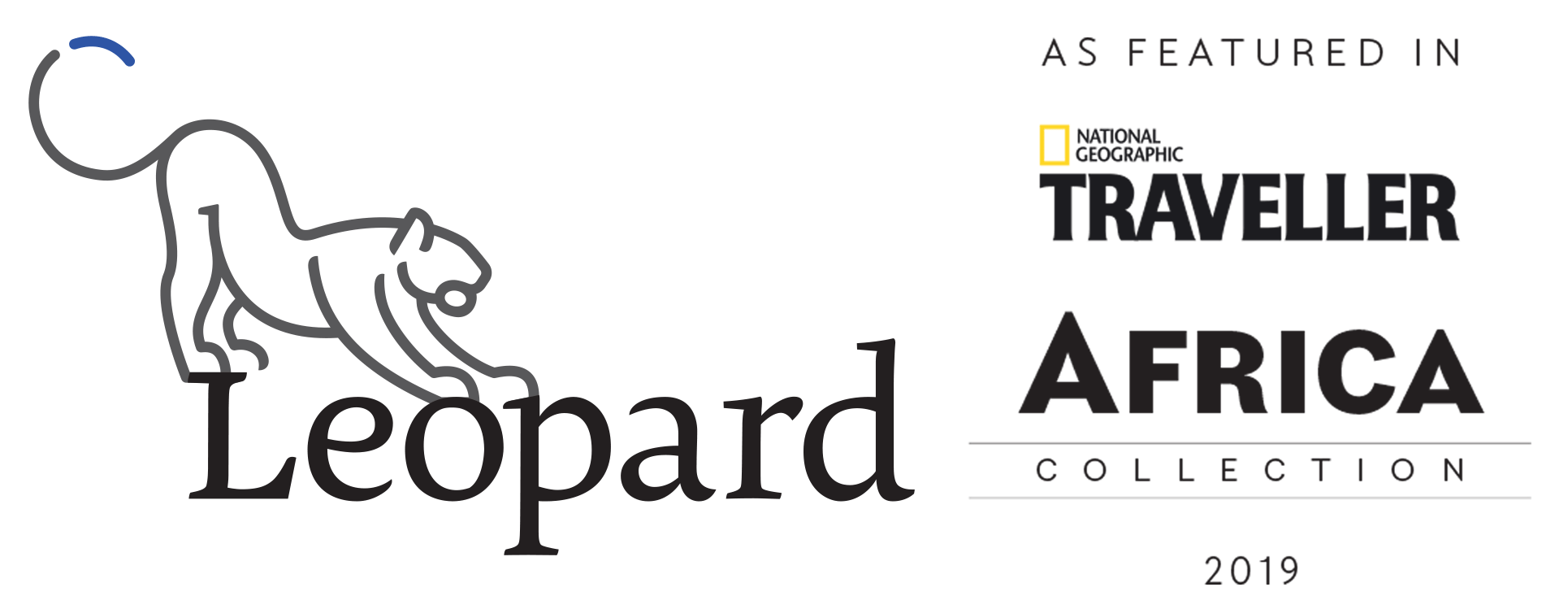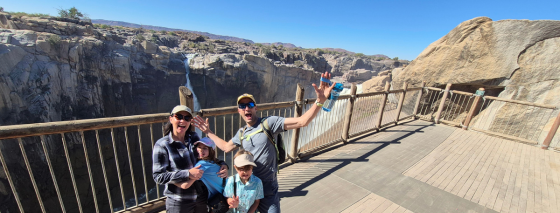Our family camping adventure to Augrabies Falls and the Kgalagadi National Park
I’ve been to almost every National Park in South Africa, including the remote Richtersveld, which was the subject of a prior blog post, but I’ve never visited the Augrabies Falls National Park or the Kgalagadi National Park. I think the reason I have taken so long to get here is the remoteness of both of these parks, which are a long two-day drive from Johannesburg, where I live.
Neither of our cars was suitable for where we were going, and so we rented a 4×4 that could take us into these wilderness areas, packed our camping equipment and food for 10 days and set off. Our first stop was Augrabies Falls National Park, which is home to the awe-inspiring Augrabies Falls. The Orange River, which is the longest river in South Africa, stretching around 2,300 kilometres, plunges 56 metres into a dramatic granite gorge at Augrabies. Last year, on a hiking trip with my mom, we visited the source of the Orange River, high in the Drakensberg Mountains. It was incredible to see how huge and powerful the river becomes by the time it reaches Augrabies.
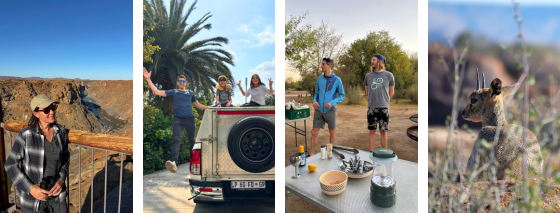
Known locally as “the place of great noise,” the thundering cascade is the park’s centrepiece, surrounded by an arid landscape of weathered rock formations, quiver trees, and succulents. The landscapes reminded me of the ones I had seen in the Richtersveld a few years earlier, especially due to the sculptural aloes known colloquially as kokerboom (quiver trees), or scientifically as aloidendron dichotomum.
The park’s stark beauty and sense of remoteness make it a destination that feels both raw and timeless. We explored the network of viewpoints via a wooden walkway, which was unfortunately not well-maintained and had been washed away in parts. The most impressive view of the gorge was from Oranjekom Gorge Cottage. We did the Dassie hiking trail, a beautiful trail, where we spotted smaller wildlife such as klipspringers and dassies (rock hyrax). The hike was fairly easy and our kids, aged 7 and 9, managed quite easily.
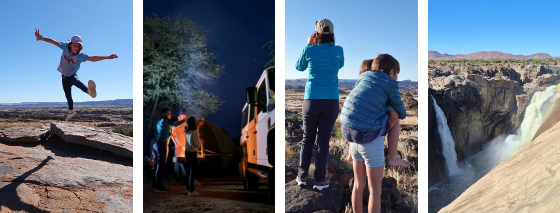
Our next stop was the Kgalagadi Transfrontier Park, which spans South Africa and Botswana. We spent 6 nights in the park, on the South African side only. It is a vast, semi-arid wilderness where sand dunes, sparse grasslands, and dry riverbeds create a unique backdrop for viewing wildlife. Known for its large predator populations, the park is a prime location to see black-maned Kalahari lions, cheetah, and leopard, as well as herds of gemsbok, springbok, and wildebeest.
The wildlife viewing experience here is quite different from what most Leopard clients are accustomed to. We had some good big cat sightings, leopard and cheetah, but both were at a distance. These cats were also on the move, making it difficult to see them. One of our highlights was seeing a pride of lions, made up of two lionesses, two sub-adults, and two small cubs, playing on the road. Unfortunately, six vehicles were positioned ahead of us, which limited our view. That said, if your focus extends beyond predators, the abundance of ostriches, gemsbok, and springbok offers plenty of lively and engaging moments to enjoy.
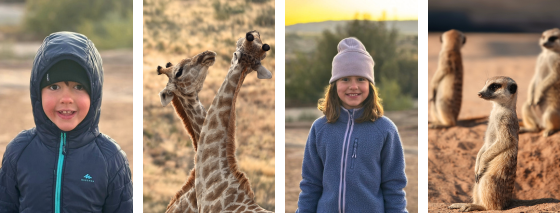
I was most impressed with the birdlife in this park, especially raptors. We had stunning sightings of marshall eagles, pale chanting goshawks, lanner falcons, kori bustards and secretary birds. We were also fortunate to stay at Nossob camp while there were four spotted eagle owl fledglings and their mother in camp. I adore owls, and so this was incredibly exciting for me. To share this unique encounter with my kids made it even more special!
The owls became active at dusk, and we saw how the mother owl hunted small rodents for her hungry babies, right near our tent. We were also entertained by the funny dances, bobbing movements and sounds the owls’ babies made to get their mother’s attention. My children were fascinated by this and able to get quite close to the owls. Also in camp, much to my delight, was a barn owl nest with two chicks in it and three extremely cute southern white-faced owls that roosted in the trees around camp each day.
The Kgalagadi’s remoteness, lack of light pollution, and sense of space make it not only a wildlife haven but also one of the most striking stargazing destinations in Southern Africa. We were blown away by the brightness of the stars, especially on clear, moonless nights.
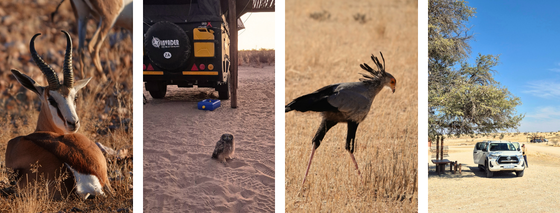
My children loved camping, and so did I! While I am fortunate to visit some of the most luxurious and premium lodges in Africa, I loved getting back to my roots and close to the wild by camping. It reminded me of my family holidays camping all over Zimbabwe and South Africa when I was about my daughter’s age (9-12 years old). The mornings were extremely cold, so this kind of trip is definitely not for those who do not cope well with some discomfort. But the rewards are certainly worth the effort.
Happy travelling,
Diana
Sign up for more newsletters like this here.

